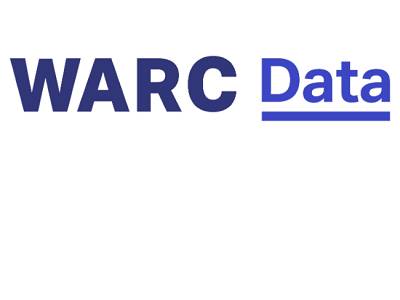Mobile internet consumption to grow 28% in 2016: Zenith's Forecasts
The amount of time people around the world devote to using mobile internet will increase by27.7 per cent this year, driving a 1.4 per cent increase in overall media consumption, according to Zenith’s Media Consumption Forecasts, published today. The consumption of all other media – including desktop internet – will decline, by 3.4 per cent in total.
This is the second annual edition of the Media Consumption Forecasts, which surveys changing patterns of media consumption, and assesses how the amount of time people allocate to different media will change between 2016 and 2018. The report looks at the amount of time spent reading newspapers and magazines, watching television, listening to the radio, visiting the cinema, using the internet, and viewing outdoor advertising while out of the home. This edition covers 71 countries across the world, up from 65 last year.
71 per cent of internet consumption is now mobile
Desktop internet consumption grew rapidly in the early years of this decade, peaking at 52 minutes a day in 2014, up from 36 minutes a day in 2010. But desktop consumption is now in decline as users switch to mobile devices. In 2015, mobile overtook desktop to become the primary means of accessing the internet, and this year it is forecast that people across the world will spend on average 86 minutes a day using mobile internet, compared to 36 minutes using desktop internet. This means that 71 per cent of internet consumption will be via mobile. The region most heavily skewed towards mobile internet consumption is Asia Pacific, where 73 per cent of internet consumption is mobile, closely followed by North America, where the mobile share is 72 per cent.
Mobile internet grows while all other media decline
Mobile internet consumption is now growing at the expense of all other media. It is forecast that the average time spent with mobile internet globally will grow 27.7 per cent this year, while time spent with desktop internet will fall 15.8 per cent. All traditional media will shrink this year: cinema by 0.5 per cent, outdoor by 0.8 per cent, television by 1.5 per cent, radio by 2.4 per cent, newspapers by 5.6 per cent and magazines by 6.7 per cent.
Note that these figures only refer to time spent with these media in their traditional forms – with printed publications and broadcast television channels and radio stations. Much of the time that consumers spend on the internet is devoted to consuming content that has been produced by traditional publishers and broadcasters. Traditional media owners have invested heavily in online brand extensions, and some of them have larger audiences online than they ever had for their offline products. The expansion of mobile internet consumption is an opportunity for traditional publishers and broadcasters, as much as a threat.
Mobile drives continued growth in total media consumption
The growth of internet consumption (first desktop, now mobile) has driven a 7.9 per cent increase in the total consumption of all media between 2010 and 2015, from 403 minutes a day to 435. Growth has averaged 1.5 per cent a year and a further 1.4 per cent growth is forecast for this year. For 2017, the growth forecast stands at 1.2 per cent, while a mere 0.4 per cent growth is forecast for 2018 as mobile consumption starts to level off. The study expect global media consumption to average 448 minutes a day in 2018.
Television still dominates global media consumption
Despite its recent decline, traditional television remains by far the most popular of all media globally, attracting 177 minutes of consumption a day in 2015. Internet consumption came second at 110 minutes a day. Television accounted for 41 per cent of global media consumption in 2015, and the study expects it will still account for 38 per cent in 2018, when the internet will account for 31 per cent.
“Mobile technology is transforming the way people around the world consume media, and is expanding overall media consumption,” said Jonathan Barnard, Zenith’s Head of Forecasting. “It provides traditional media owners the opportunity to reach people and places they’ve never had access to previously, and gives consumers entirely new ways to find and enjoy compelling content.”
In India, television continues to account for 49 per cent of the time spent and is the largest medium in urban markets. Out Of Home (OOH) is the second largest medium with 22 per cent of urban time spent. Digital is the third largest medium. Digital now accounts for 16 per cent of time spent in urban India, on all media, up from just 4 per cent in 2010. 90 per cent of digital time used to be on the desktop in 2010. Today, it has come down to 27 per cent, with 73 per cent being on mobile.

















Share
Facebook
YouTube
Tweet
Twitter
LinkedIn